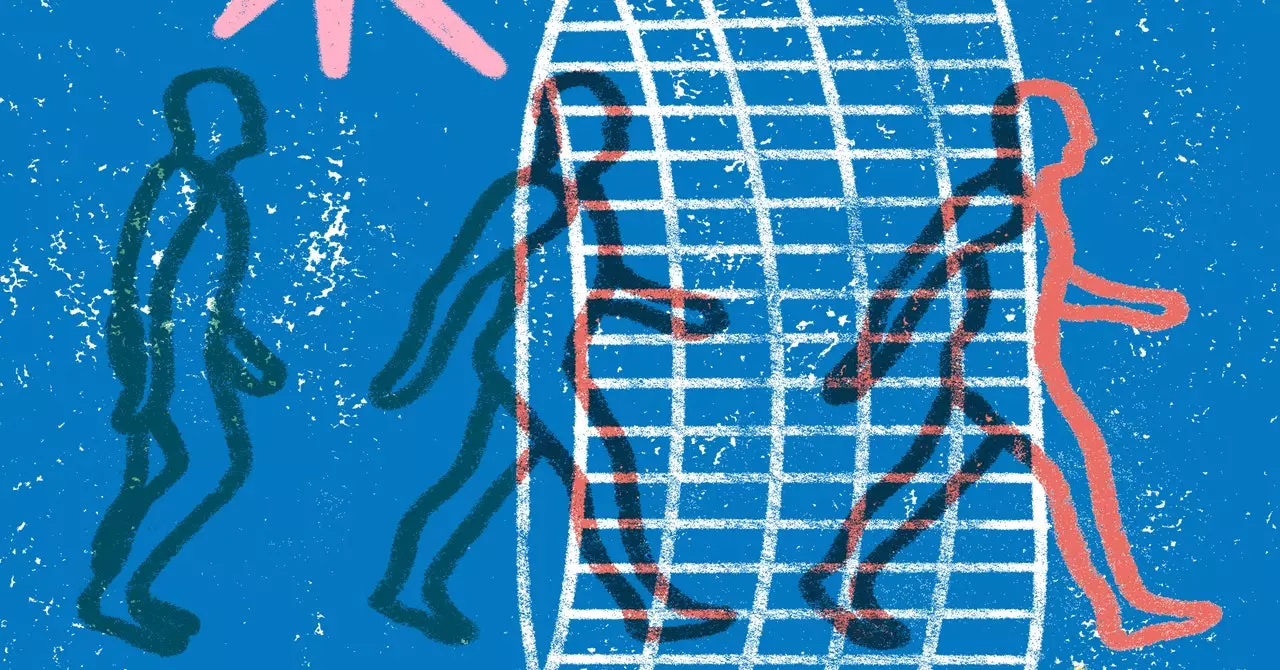As advancements in artificial intelligence (AI) continue to accelerate, the capabilities of these models in generating human-like text, audio, and video have garnered both excitement and scrutiny. While the digital realm serves as a playground for these sophisticated algorithms, their application to our tangible, three-dimensional world has been fraught with challenges. The notable shortcomings of AI systems in real-world interactions highlight critical gaps in our understanding of physical phenomena and human-like adaptability. As we stand on the cusp of a new era in 2025, a promising solution called “physical intelligence” seeks to transform how we integrate AI with the mechanics of the physical world.
Despite the impressive achievements of conventional AI, its current state exposes significant limitations, particularly when tasked with navigating unpredictable environments. For instance, self-driving cars exemplify the hurdles faced by AI systems trying to emulate human decision-making in dynamic settings. These models often lack a substantial grounding in physics, leading to frequent misjudgments — or what can be termed as “hallucinations.” In response to these deficiencies, a paradigm shift is underway that redefines machine intelligence by emphasizing not only digital computational power but also an understanding of physical laws.
Physical intelligence refers to an evolved form of artificial intelligence, one that can perceive and interact with its environment with a robust understanding of physical principles like cause-and-effect relationships. This approach enables machines to make informed, real-time decisions amidst various contexts. By rethinking the interplay between machine learning and robotics, researchers aim to create systems that not only mimic intelligent behavior but also exhibit genuine adaptability.
Innovative Experiments in Physical Intelligence
At leading research institutions, significant strides in physical intelligence research are being made. For instance, my team at MIT has pioneered the development of “liquid networks,” which incorporate principles of physical intelligence. In a recent experiment, drones equipped with liquid networks successfully navigated varied terrains to locate objects, demonstrating an ability to adapt to environmental changes in ways traditional AI could not. While standard models operated effectively under controlled conditions, they faltered when confronted with unfamiliar scenarios, emphasizing the superiority of liquid networks in real-world applications.
Real-World Applications of Physical Intelligence
With the emergence of physical intelligence, the potential applications are vast and transformative. Our research has produced systems capable of interpreting complex commands derived from text and executing intricate actions in the physical world. For example, we have created a prototype that can quickly design and 3D-print small robots based on simple textual instructions, such as “create a robot that can jump” or “make one that can pick up items.” This capability illustrates the seamless integration of digital instruction and tangible outcomes, representing a crucial evolution in robotics.
In parallel, notable innovations from robotics firms are advancing this frontier. Companies like Covariant are developing AI systems that can control robotic arms based on conversational prompts, demonstrating promising investments and substantial financial backing. Similarly, a team from Carnegie Mellon University has made headlines by training a robot to perform complex maneuvers using minimal sensory input, showcasing the potential for physical intelligence to radically alter existing robotic capabilities in unpredictable environments.
As we project into the future, the year 2025 holds promise for the widespread adoption of physical intelligence across various domains, from industrial applications to smart homes. This technology will not only revolutionize how we design robots but also integrate AI into day-to-day living, creating a harmonious interaction between humans and machines. As these devices learn to comprehend and act upon our commands with genuine efficacy, they will reshape expectations and capabilities in the realms of automation, personal assistance, and environmental management.
The era of physical intelligence marks a significant turning point for AI development. By bridging the divide between the digital and physical worlds, researchers are set to unlock new levels of functionality and adaptability that promise to enhance the quality of life and redefine technological integration. With this evolution on the horizon, we must be prepared to embrace the profound changes that physical intelligence will bring to society.

